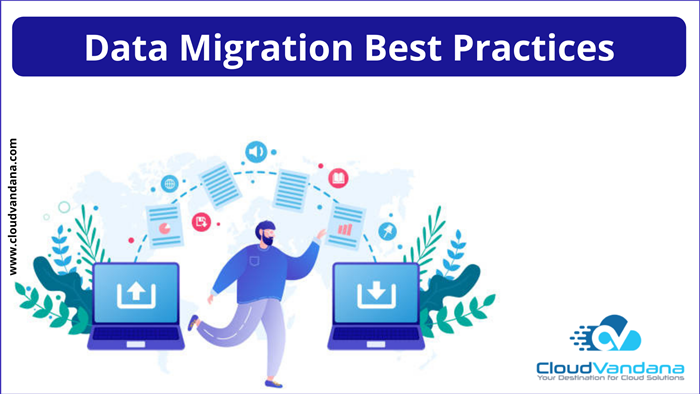Salesforce Data migration is the process of transforming CRM data from one computer storage system to another. If the Salesforce data needs to be used in some other platform, what is the way to avail it? Moving Salesforce Data to other platforms where it is required is known as Salesforce Data Migration. Salesforce Data Migration is not an easy task. However, it is a core task for any data storage professional’ You should understand the structure of the data to be migrated; in addition, the process of Salesforce Data migration has to be carried out step by step methodically. During data migration, there is an opportunity to cleanse the data. The migrated data should have some characteristics like Accuracy(Details should be accurate), Relevancy (only the information needed should be migrated ), Accessibility (the data once migrated should be available whenever required), and Uniqueness (no duplication of data should exist).
Why is Data Migration Important?
There are so many benefits of Salesforce Data migration. Whatever may be the exact target of the data migration, generally, data migration should be to improve productivity and performance. Data Migration is a critical component to upgrade the storage and server. It also helps to update the data-intensive applications like databases and data warehouses. Salesforce Data migration also helps to reduce storage costs. Finally, to reduce unwanted interruptions, data migration helps.
To get the benefits of Salesforce Data Migration properly, a few points need to be considered.
Best practices in Salesforce Data migration
Identify the data to be migrated.
It is essential to determine the scope of the project. There should not be any confusion on what data to be migrated. For example, it should be decided first that the contact information of each account should be relocated or all account information of a specific contract should be migrated. We should handle what data should be migrated, then document existing and the targeted formats.
Create and commit a proper Data governance plan.
An essential part of the migration is to address the compatibility of the migration plan. All the stakeholders should be on the same page about the data migration. So it’s essential to create a proper data governance plan and commit it.
The data to be migrated may be encrypted or might need specific requirements to be handled before migration. These requirements should be addressed before the data migration process is initiated. In addition, there should be done that the data migrated to an enterprise should fit into their data management strategies.
Create templates for the data and populate it.
Once the data to be migrated is decided, we have to create excel templates for each data to be migrated. Then, from Data Loader using data export templates can be made. The next step is to populate the templates created. Before settling the templates, the data should be reviewed to avoid further delays. For example, one record can be loaded and check the results. If it gives the expected result, you can continue with other data.
Decide the time frame for the migration.
Good planning is necessary to reduce the delays and disturbances that can occur during migration. The data should be moved with minimal disruption to the current business operations. A realistic date should be set for the migration. If the planning is done carefully, it can avoid unwanted delays and cost overruns.
Monitor and validate the data migrated.
Constant monitoring is required to ensure that the data migrated meets the standard set. Also, a check should be done to ensure that all data has been completely and accurately migrated. It can be done using any integration tool which will alert you if any data issues are identified. Another way to validate the data is to run the expectation reports and check what information is migrated.
Are you looking for a data migration process for your organization? Please feel free to contact CloudVandana to get started.










